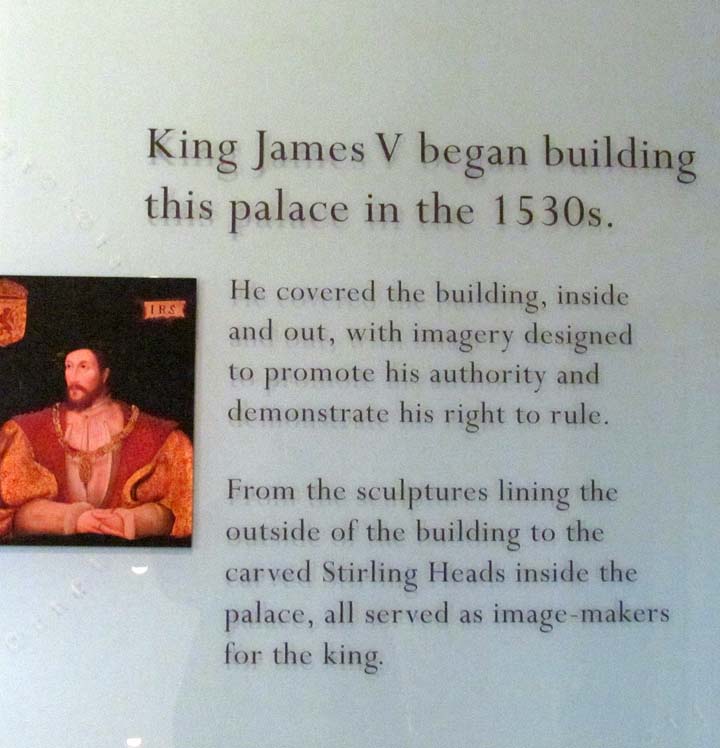
Stirling Heads
Inside the palace, the King’s presence chamber was richly decorated with
56 oak-carved heads, representing many of his courtiers, along with gods and
heroes from Classical antiquity. Known as ‘The Stirling Heads’, and
carved in the 1540s, they are perhaps the supreme example of renaissance
iconography in Scotland. The courtiers are depicted in the style of
classical gods at some sort of celestial court, and this reflects the
Renaissance hankering for the cultural glories of classical Rome and Greece.
38 of the original 56 heads survive
today, and they would have fitted into an oak framework on the ceiling of
the king's chamber- a fairly common feature in many palaces on the continent
at the time.
Historic Scotland recreation of a lost Renaissance masterpiece has finally been completed. The ceiling in the Kings Inner Hall, in the royal palace of James V at Stirling Castle, was decorated with oak carvings showing the faces of kings, queens, Roman emperors and ancient heroes. Replicas of the "Stirling Heads" have been installed on the ceiling following the £12million six year project.

Replicas as seen today on the ceiling of the King's Chamber 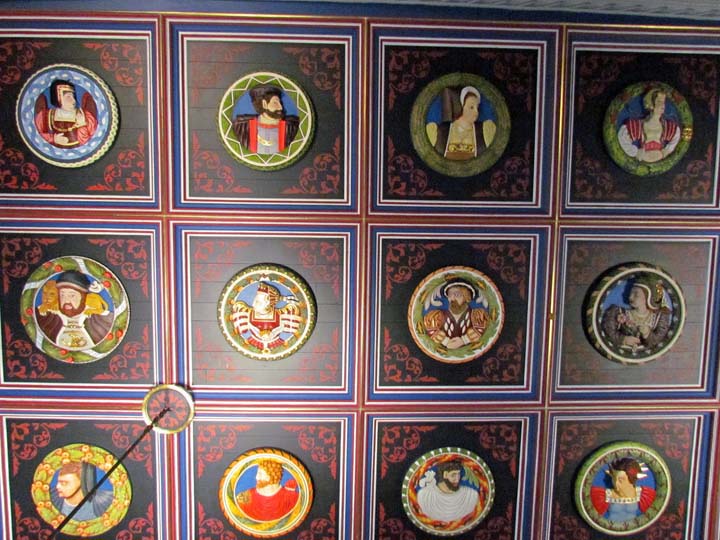
We enter the gallery
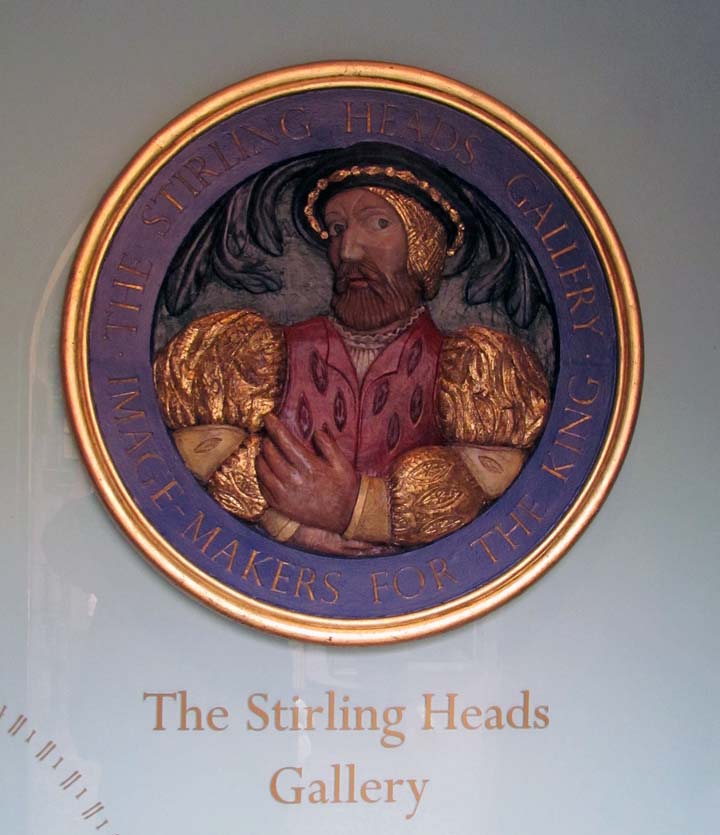
They are displayed within tall cabinets and are a couple feet from the glass front. I had great difficulty trying to photograph them . I tried to get a picture of every face, but could not get a good angle on all of them. I hope the few pictures that are clear and sharp give an insight into this set of great carvings.

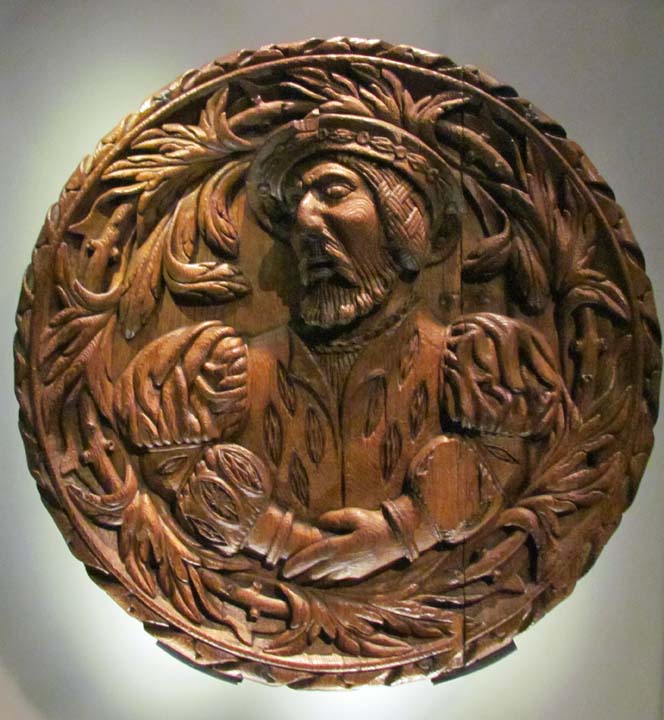
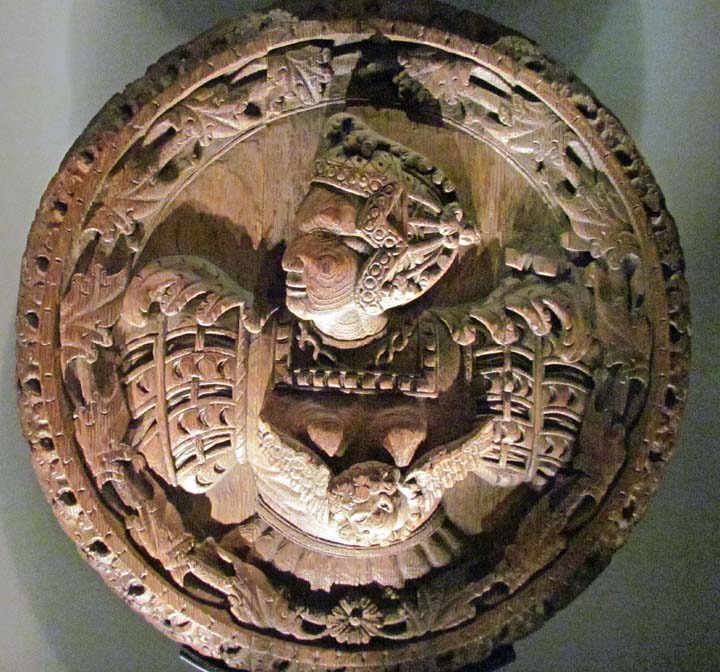
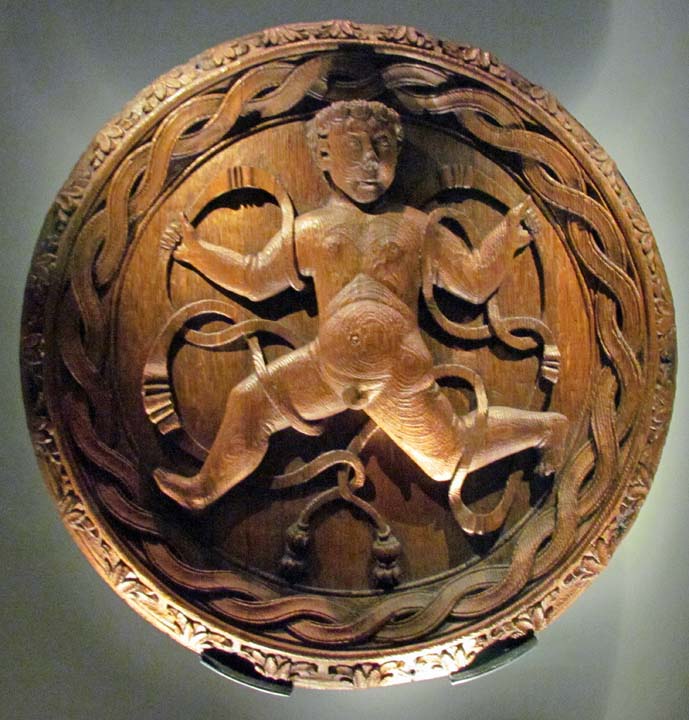
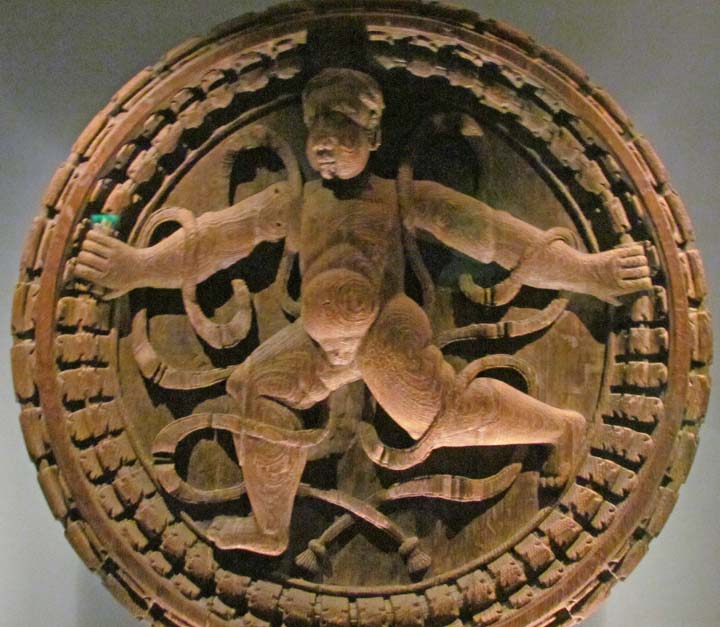
This panel would, as is the case of several others, not be placed on the ceiling

An example of an original and the work required to preserve and restore to original colors
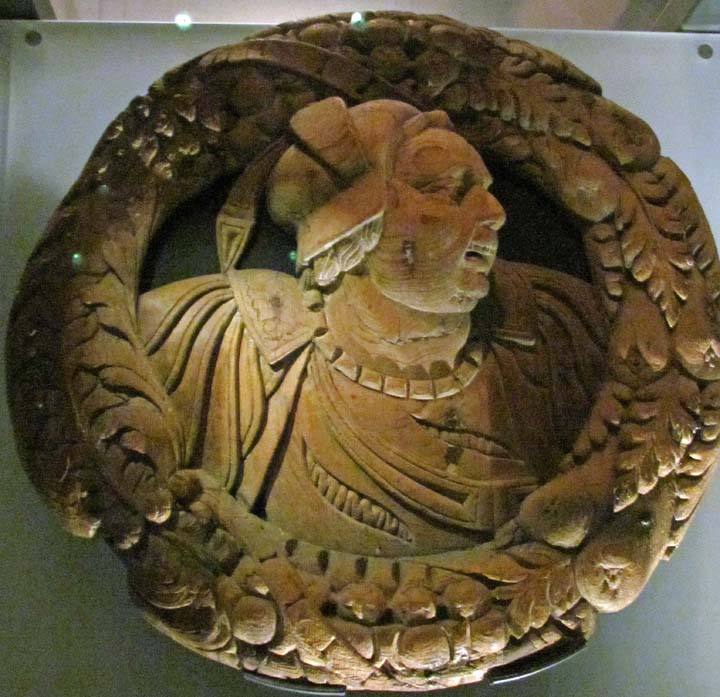
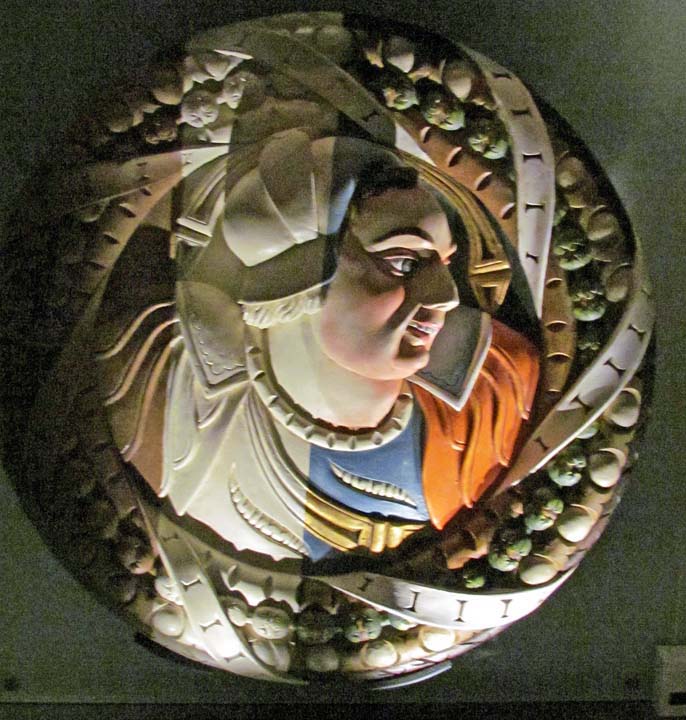
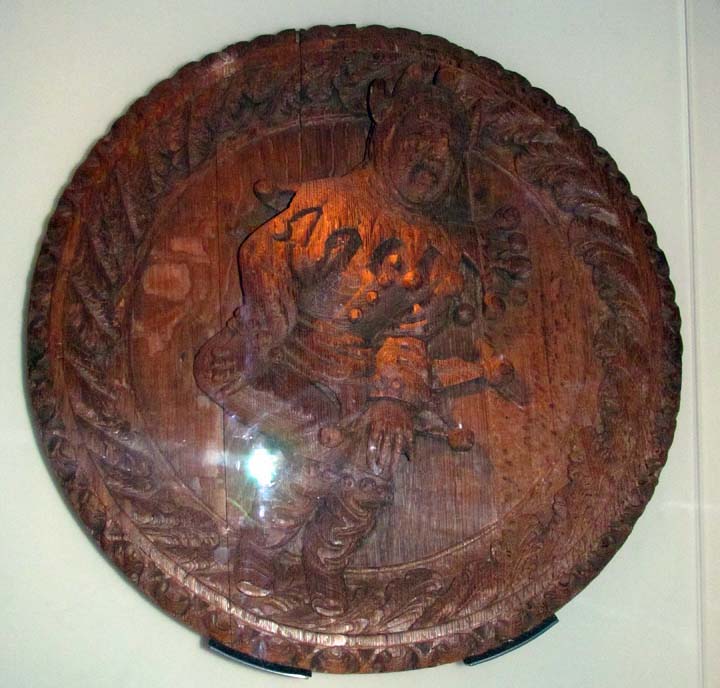
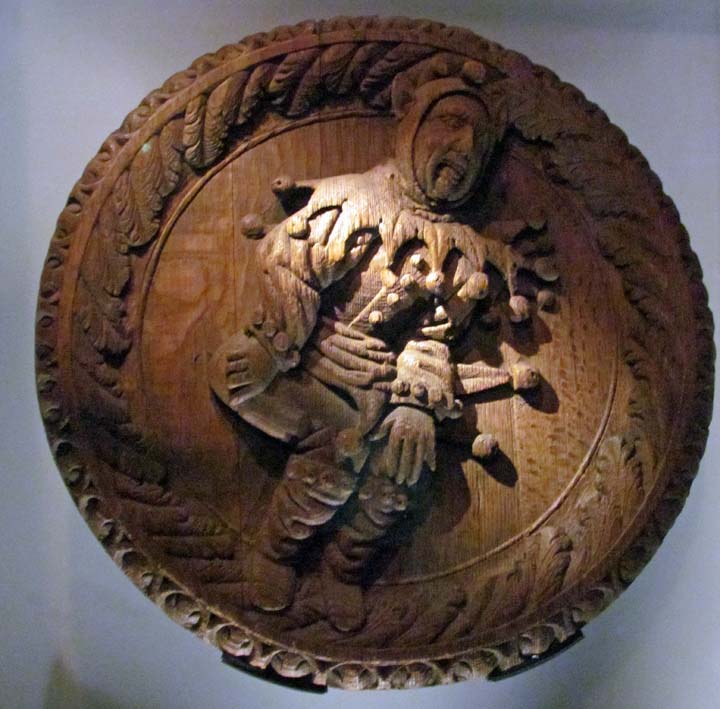
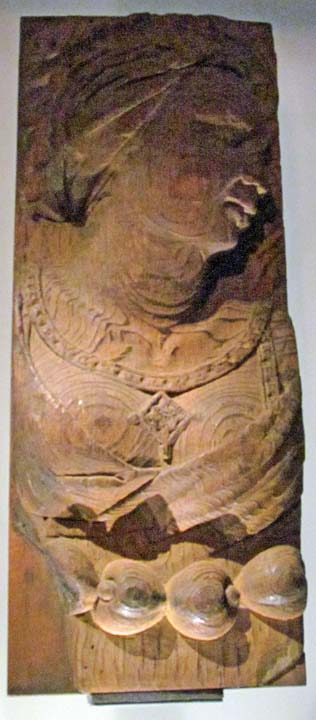
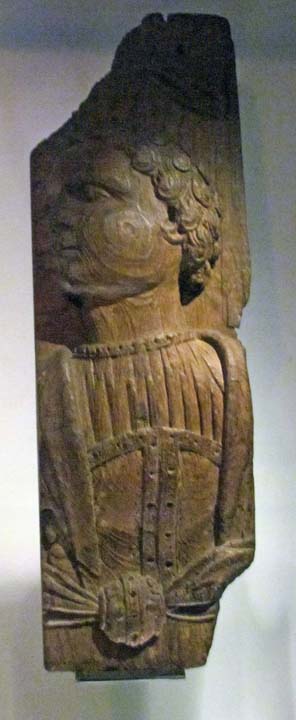
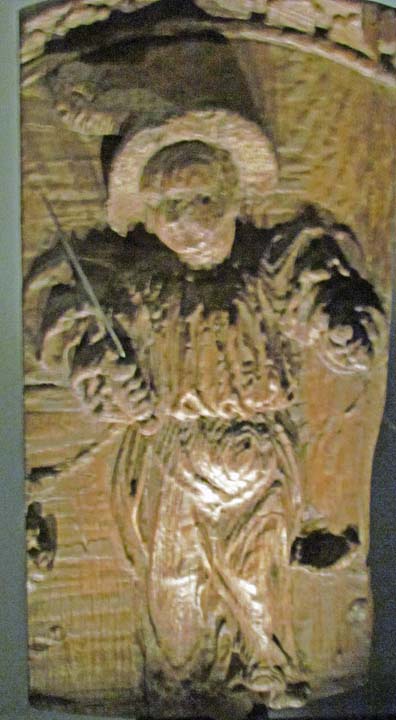
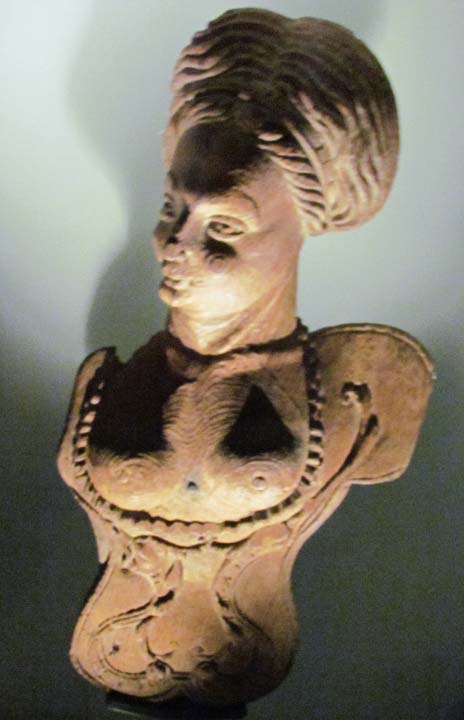
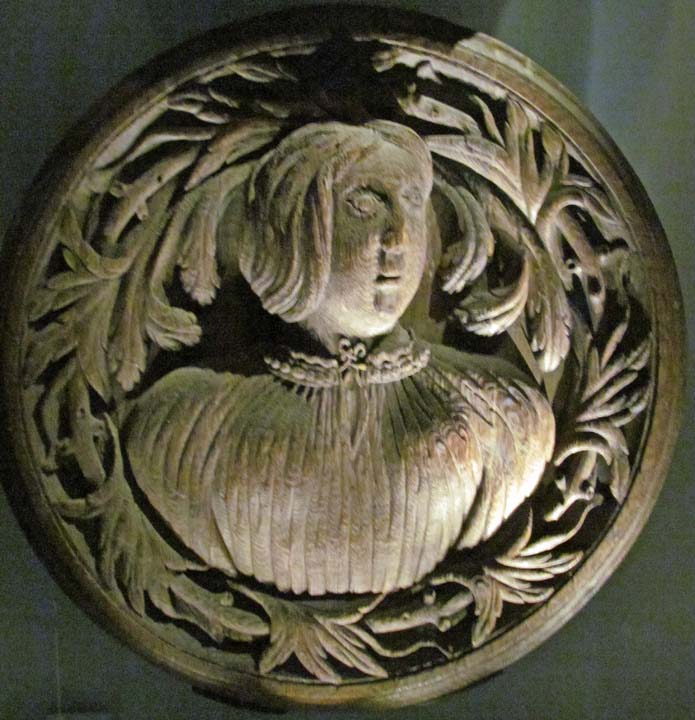
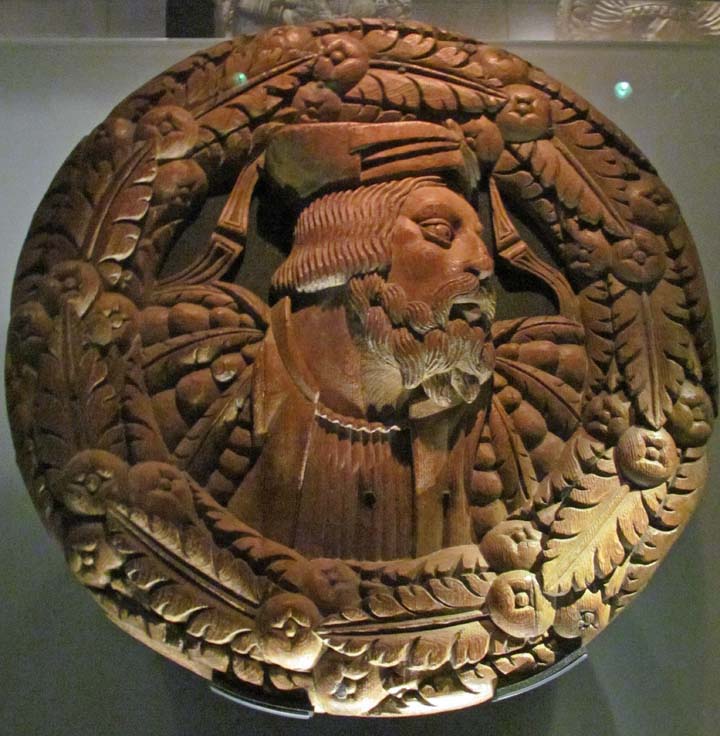
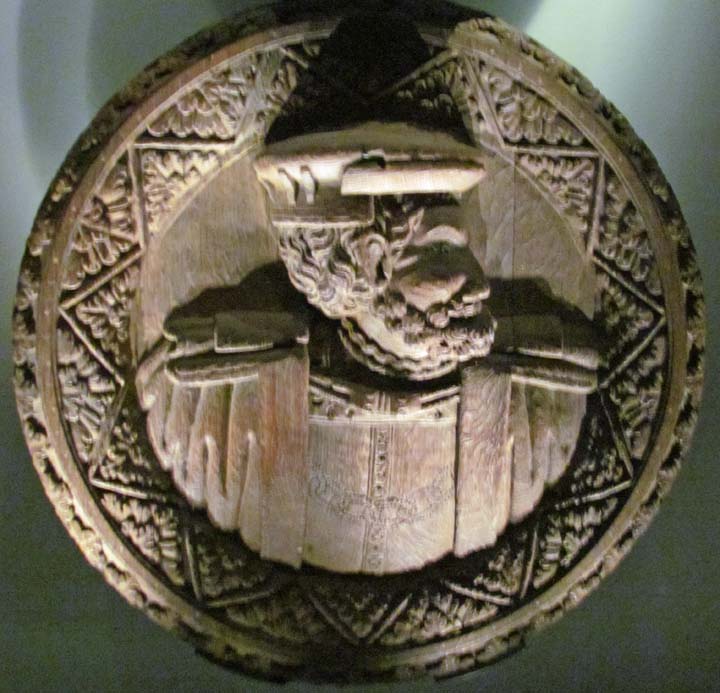
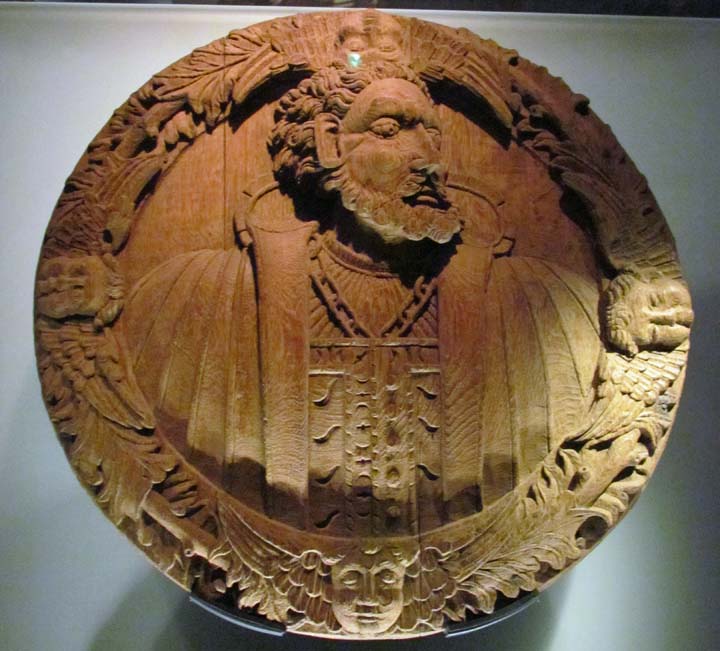
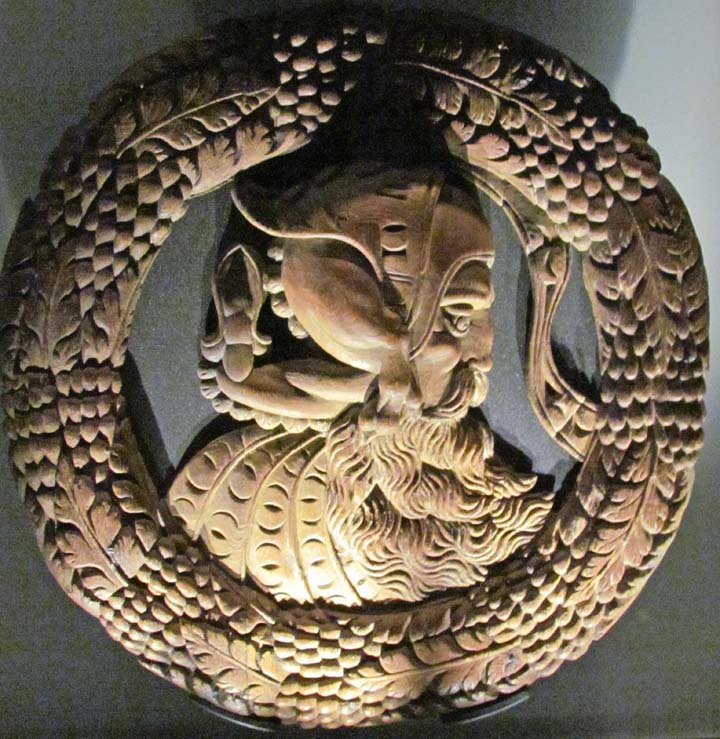
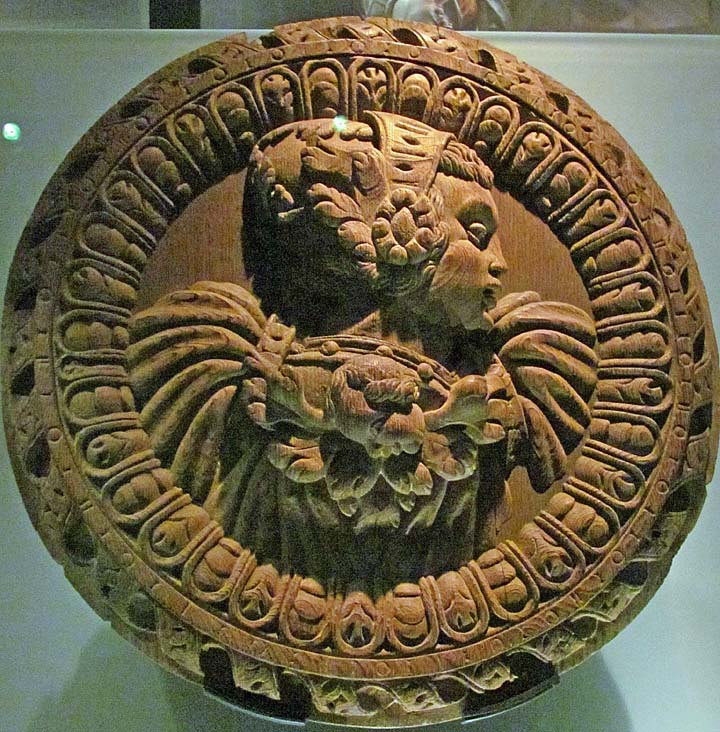
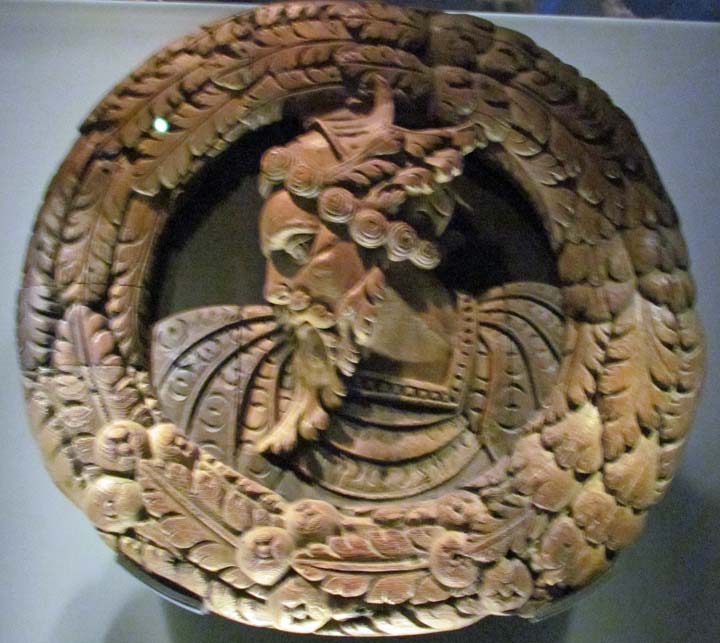
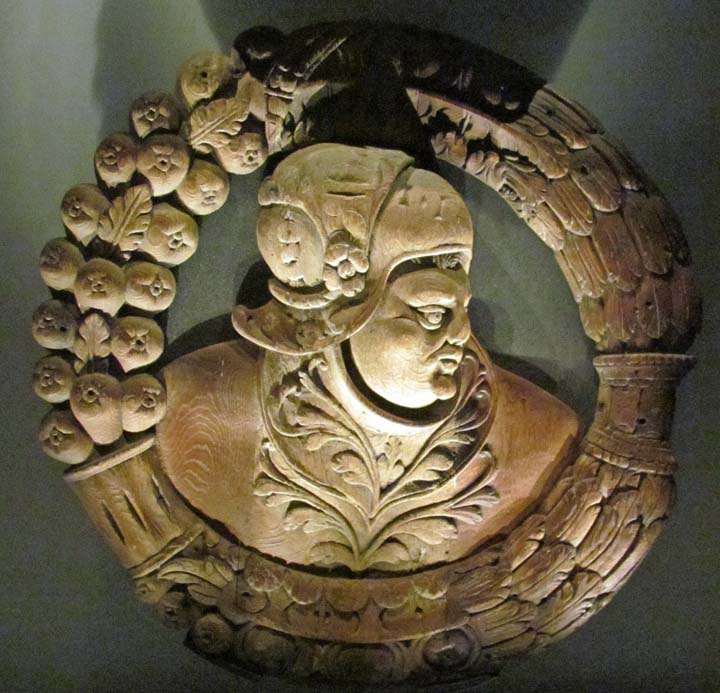
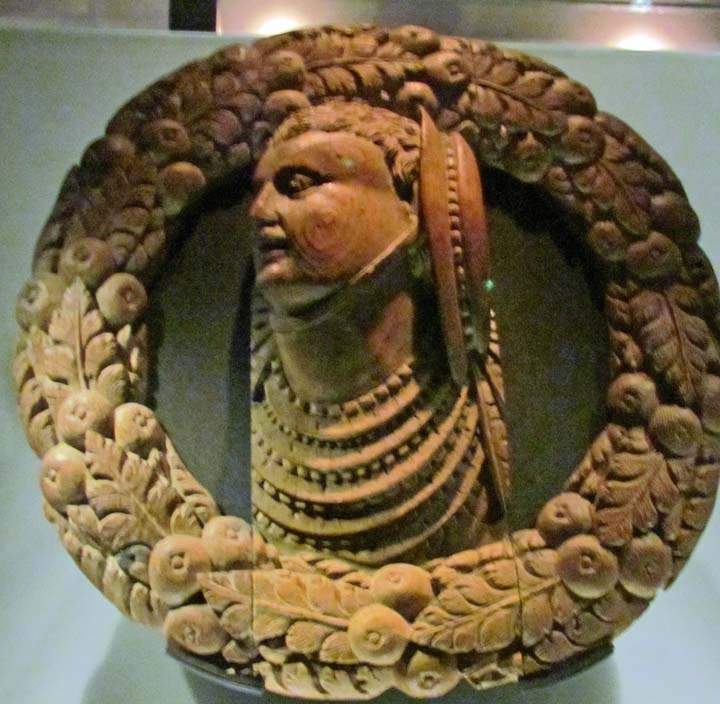
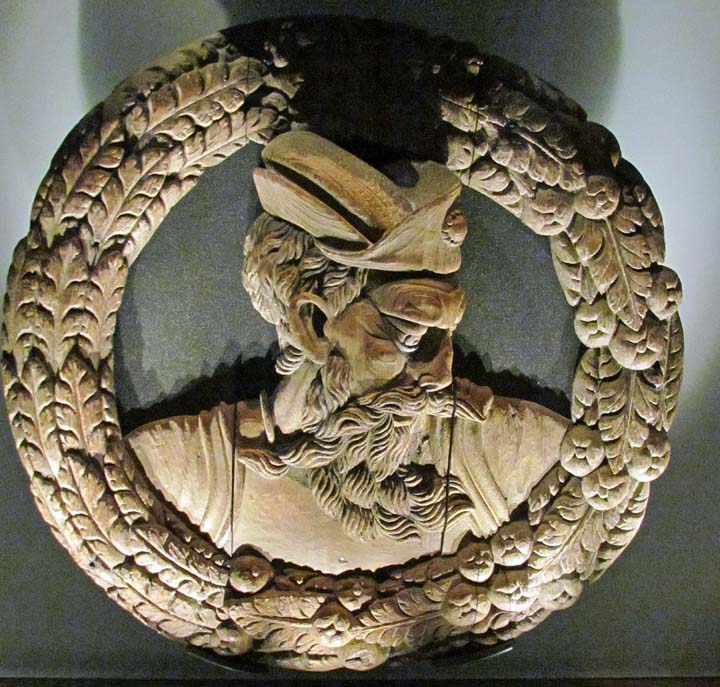
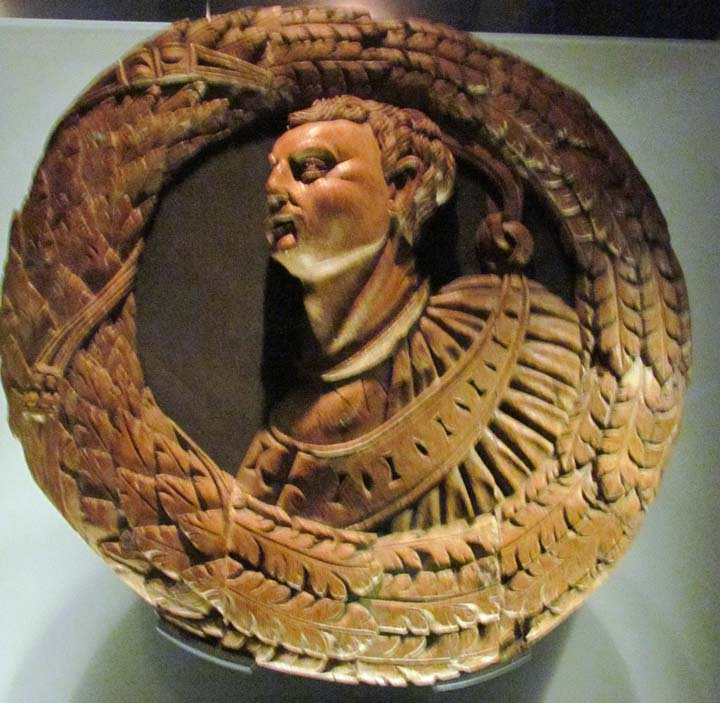
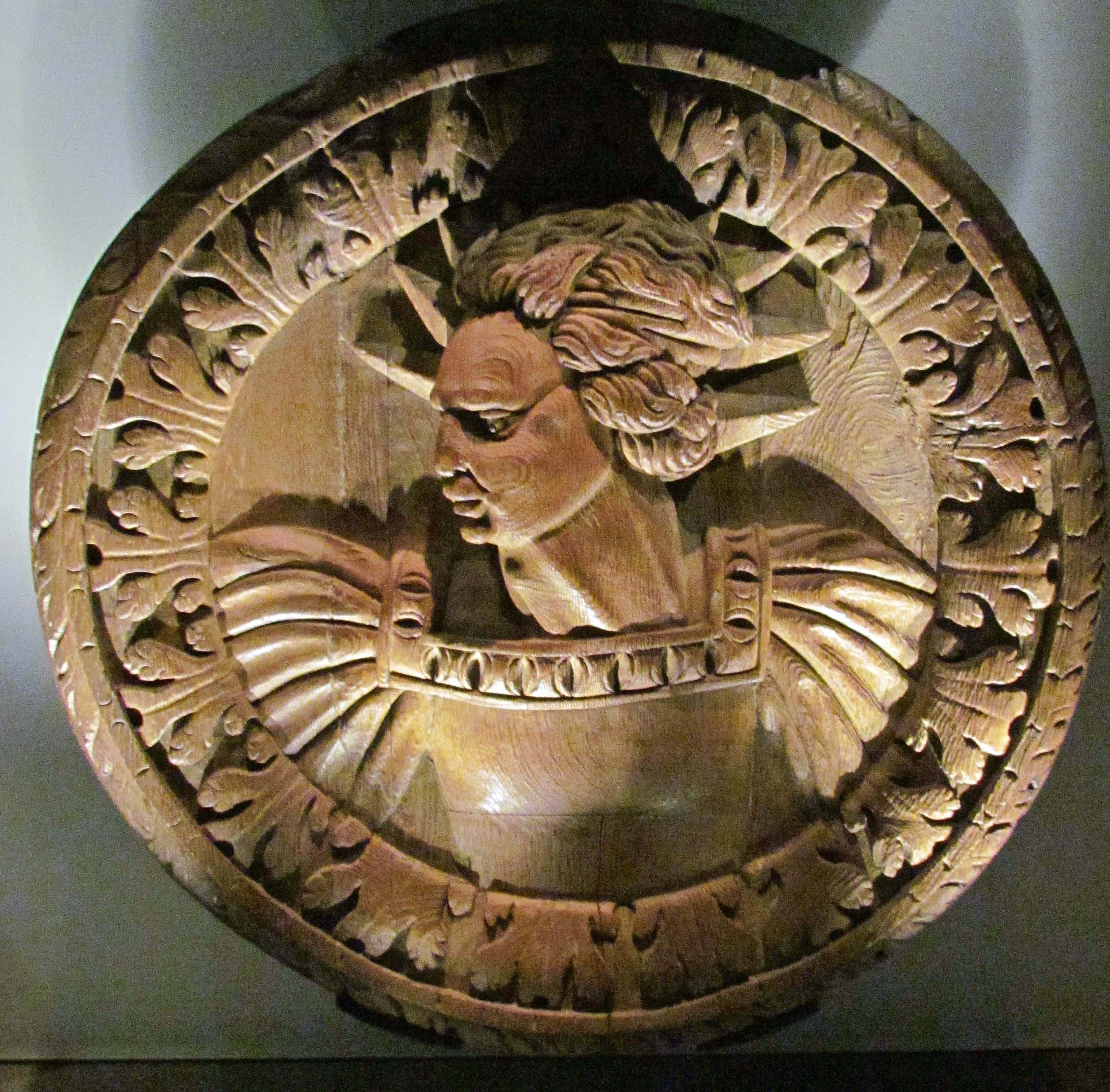
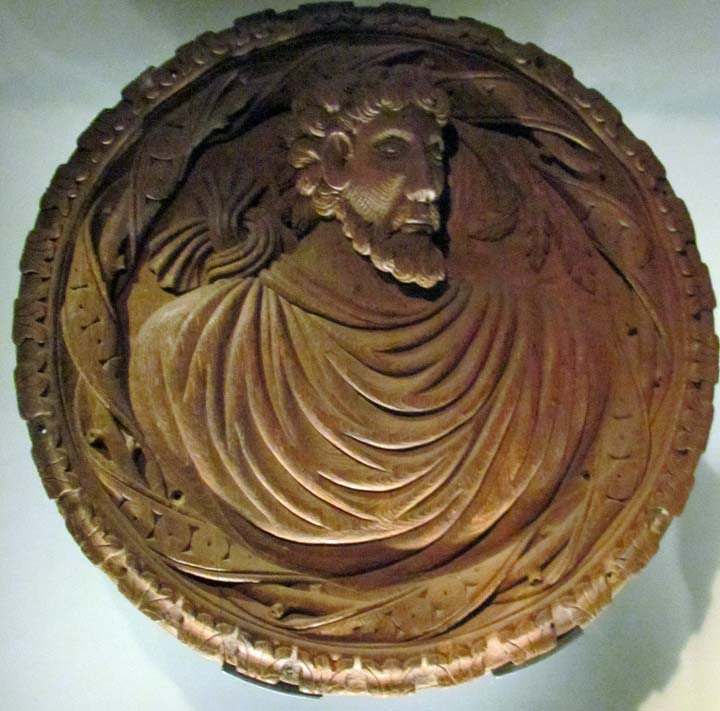
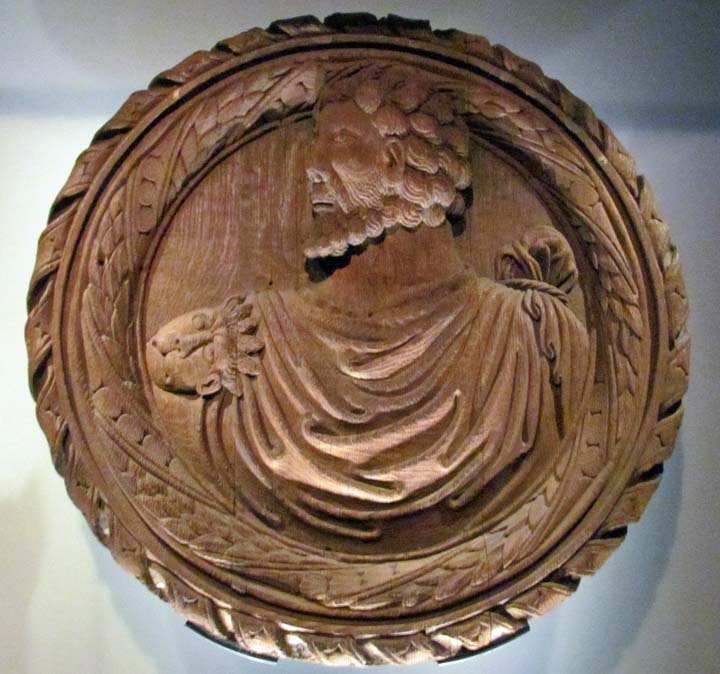
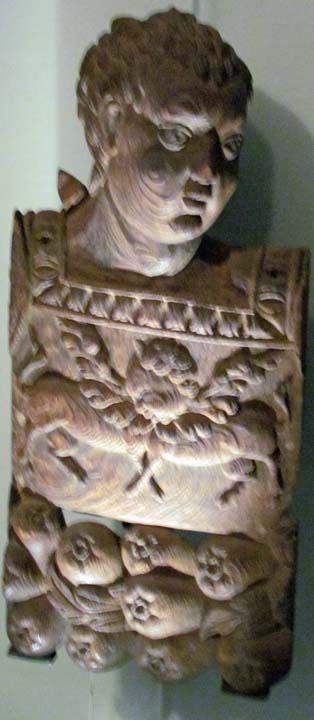
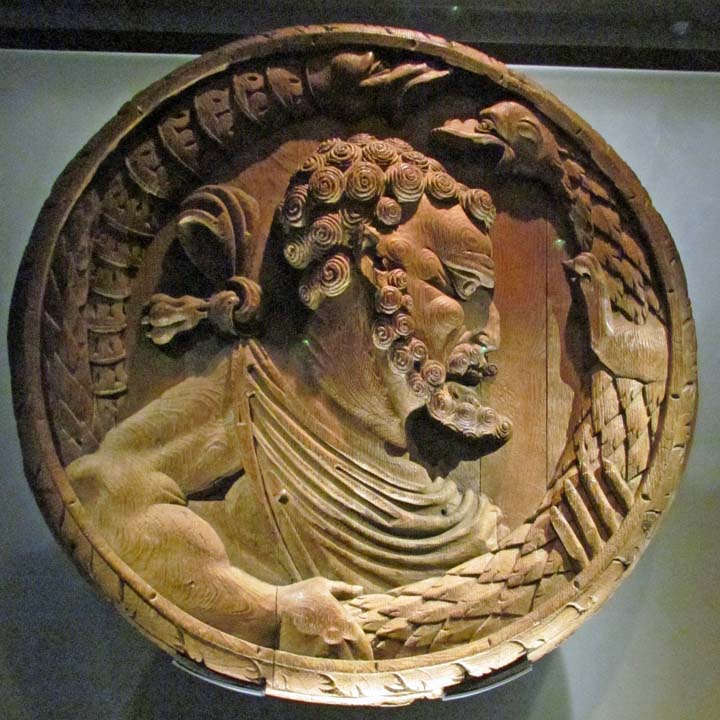
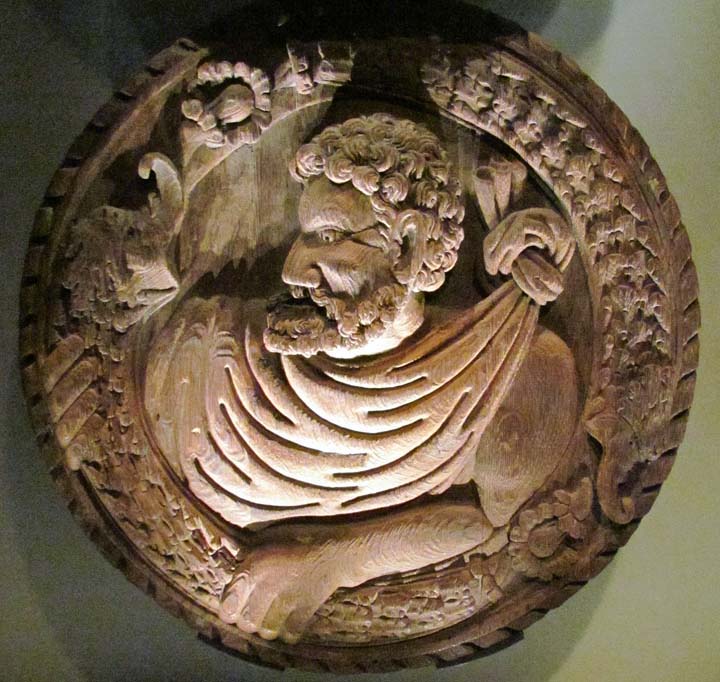
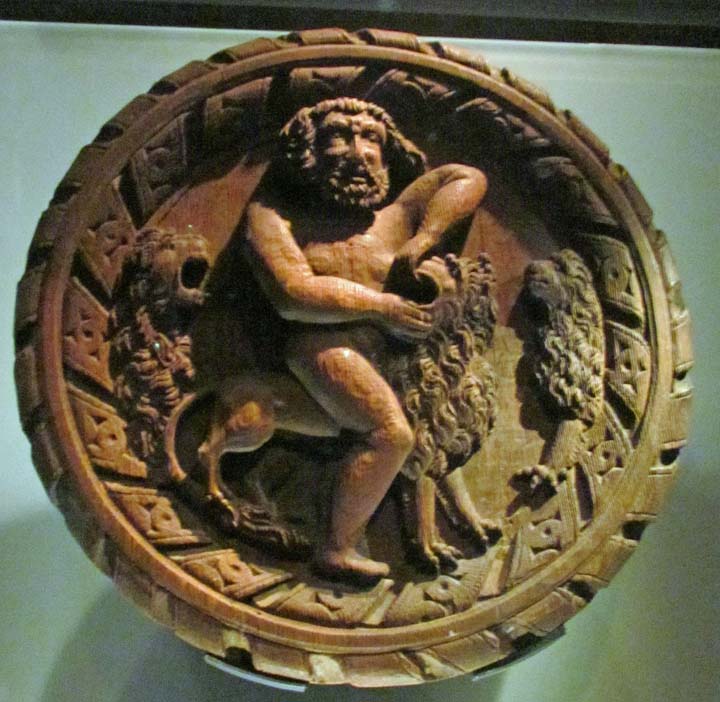
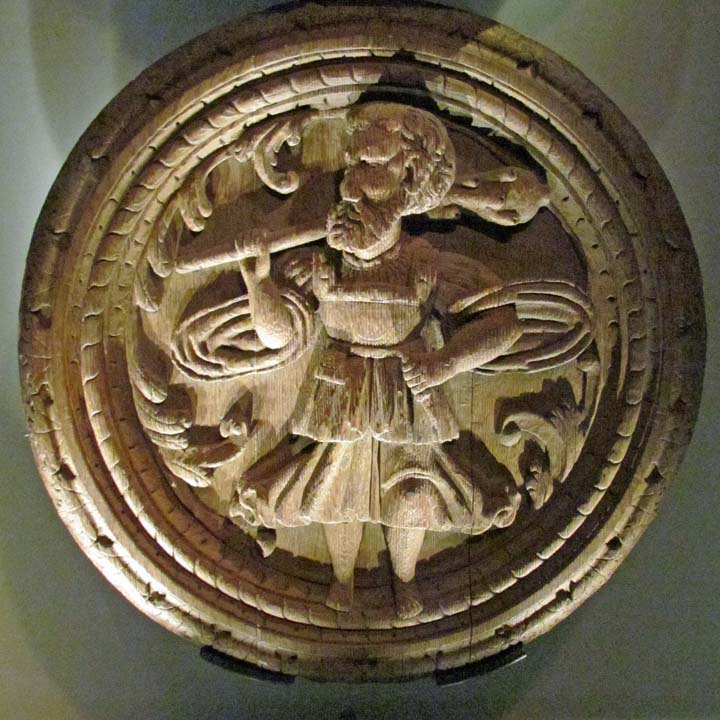
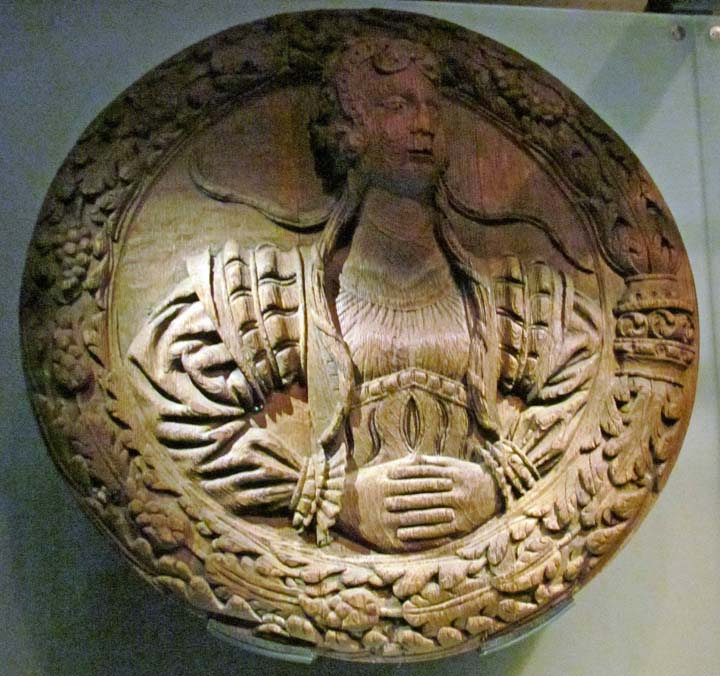
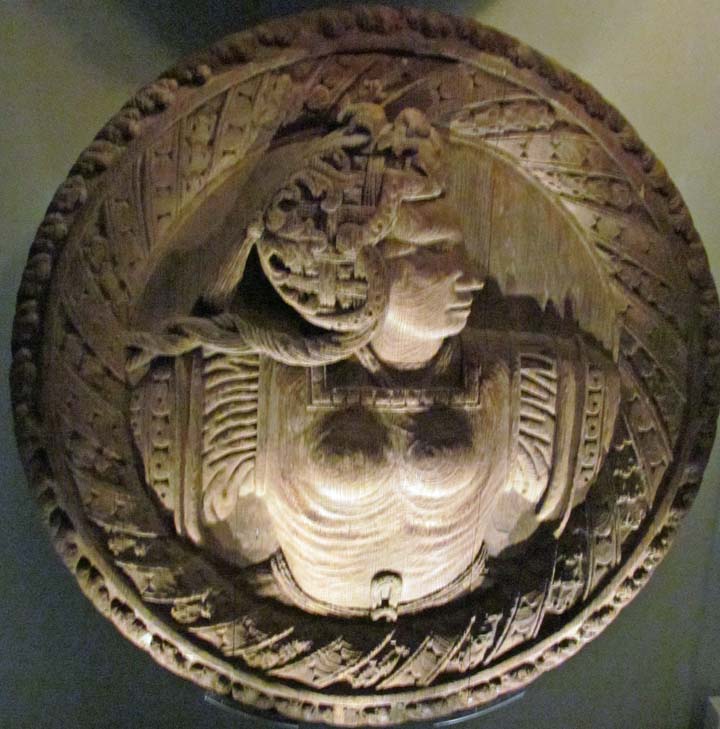
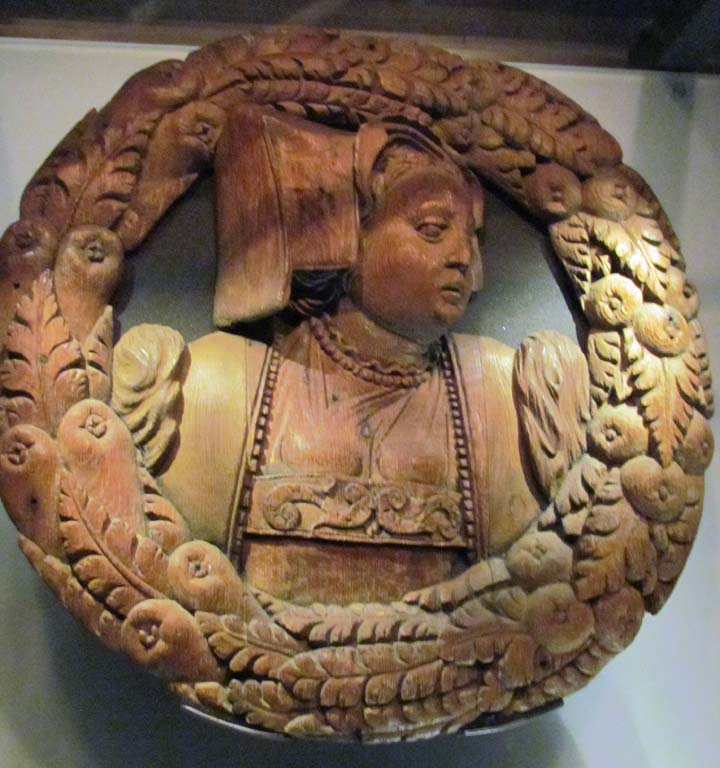
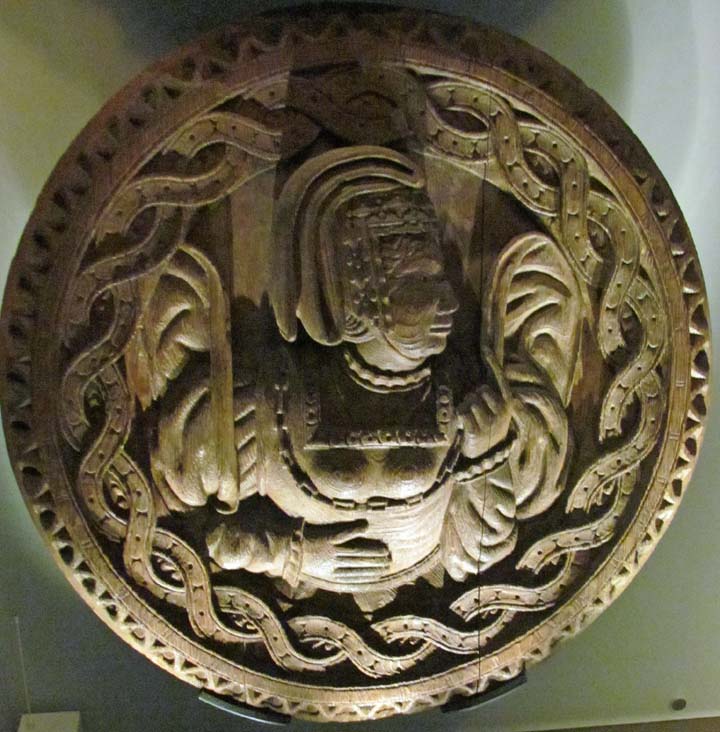
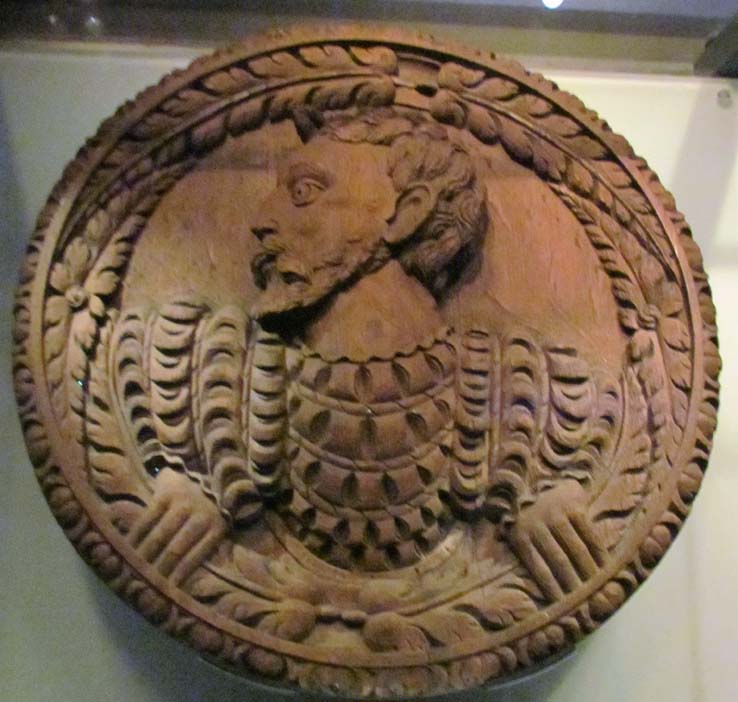
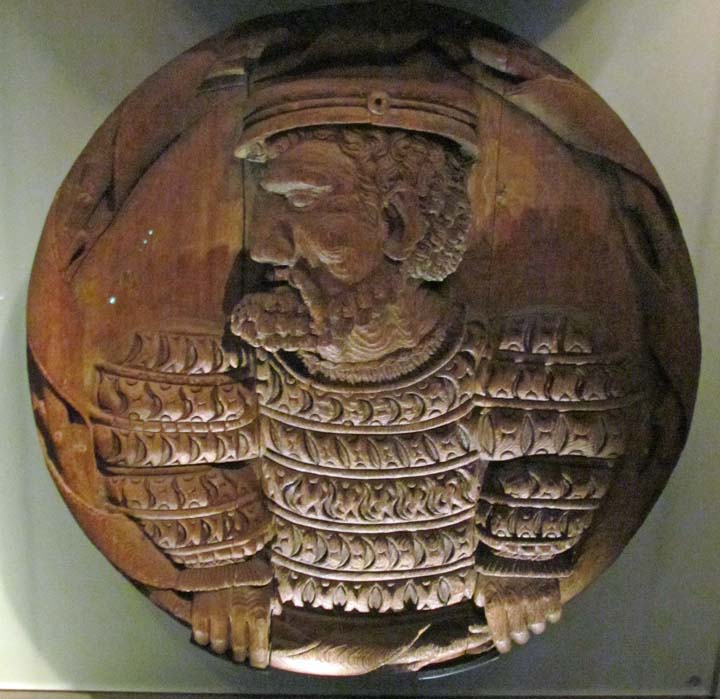
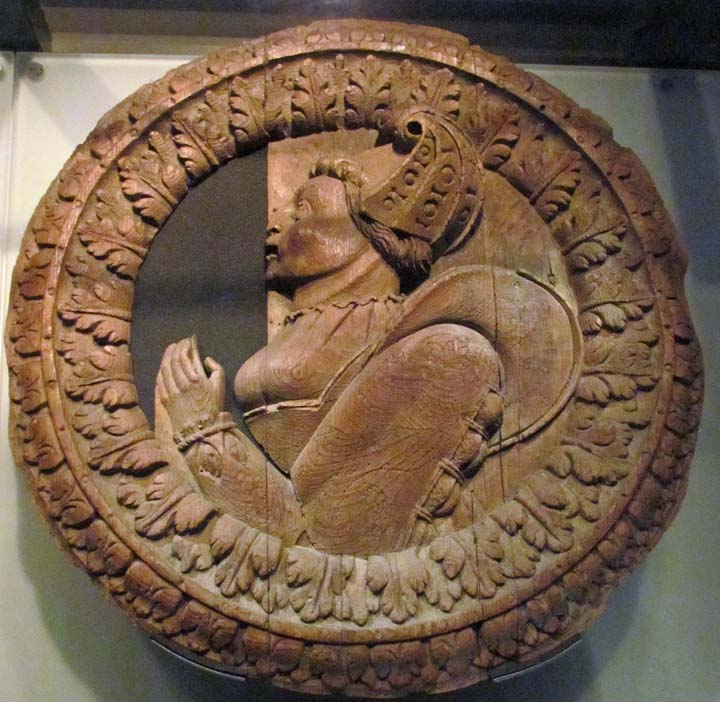
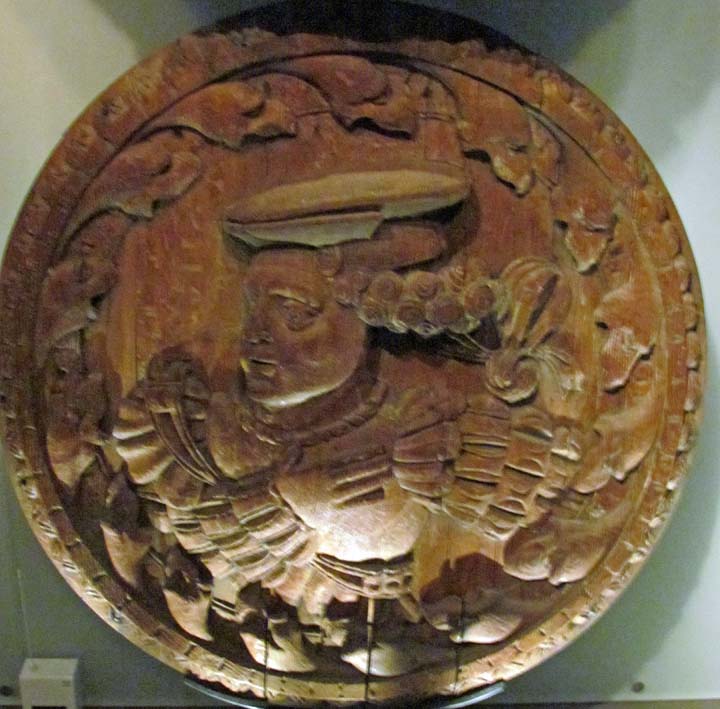
The markings were
discovered in the decorations adorned in the ceiling of Stirling Castle's Royal
Palace.
Although not a
traditional score, the markings would have given guidance to players, who then
improvised in the same manner as modern jazz and blues musicians. The music was
found by a woodcarver, John Donaldson, who was commissioned by Historic Scotland
to create a series of replicas of the heads.
Mr Donaldson found a
sequence of '0's, 'I's and 'II's carved round the edge of head number 20, which
bears the image of a woman's face. He contacted Barnaby Brown, a lecturer at the
Royal Scottish Academy of Music and Drama, who specializes in early Scottish
music.
Mr.
Brown recognised the
similarity of the sequence to rare Welsh notations, which were previously
thought to be the earliest markings of their kind in Britain. He said:
"Very little notation survives from these dynasties of players because
complex instrumental music was transmitted orally.
"These numerals
provide an exciting opportunity to explore what instrumental music may have
sounded like at Scotland's royal palace around 1540." He speculated that
the piece could have been specially composed for James V.
~ ~ ~ ~ ~ ~ ~ ~ ~ ~ ~ ~ ~ ~ ~ ~ ~ ~ ~ ~ ~ ~ ~ ~ ~